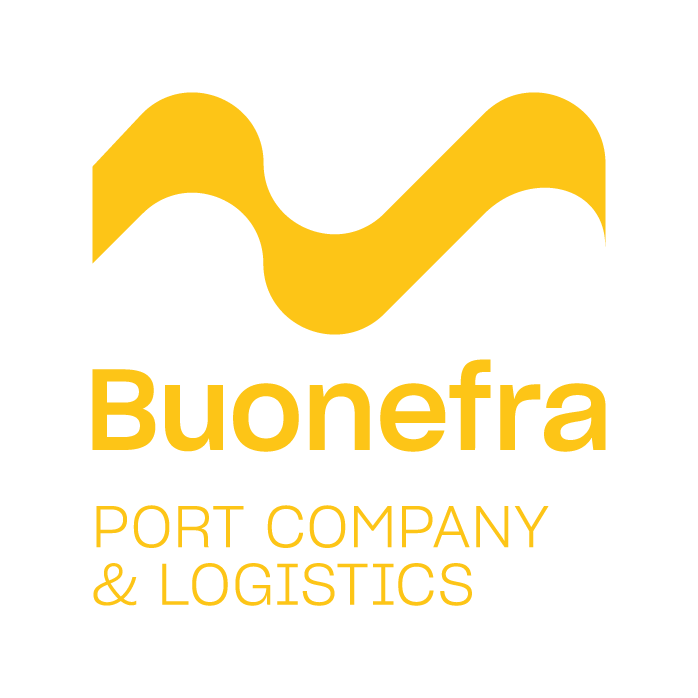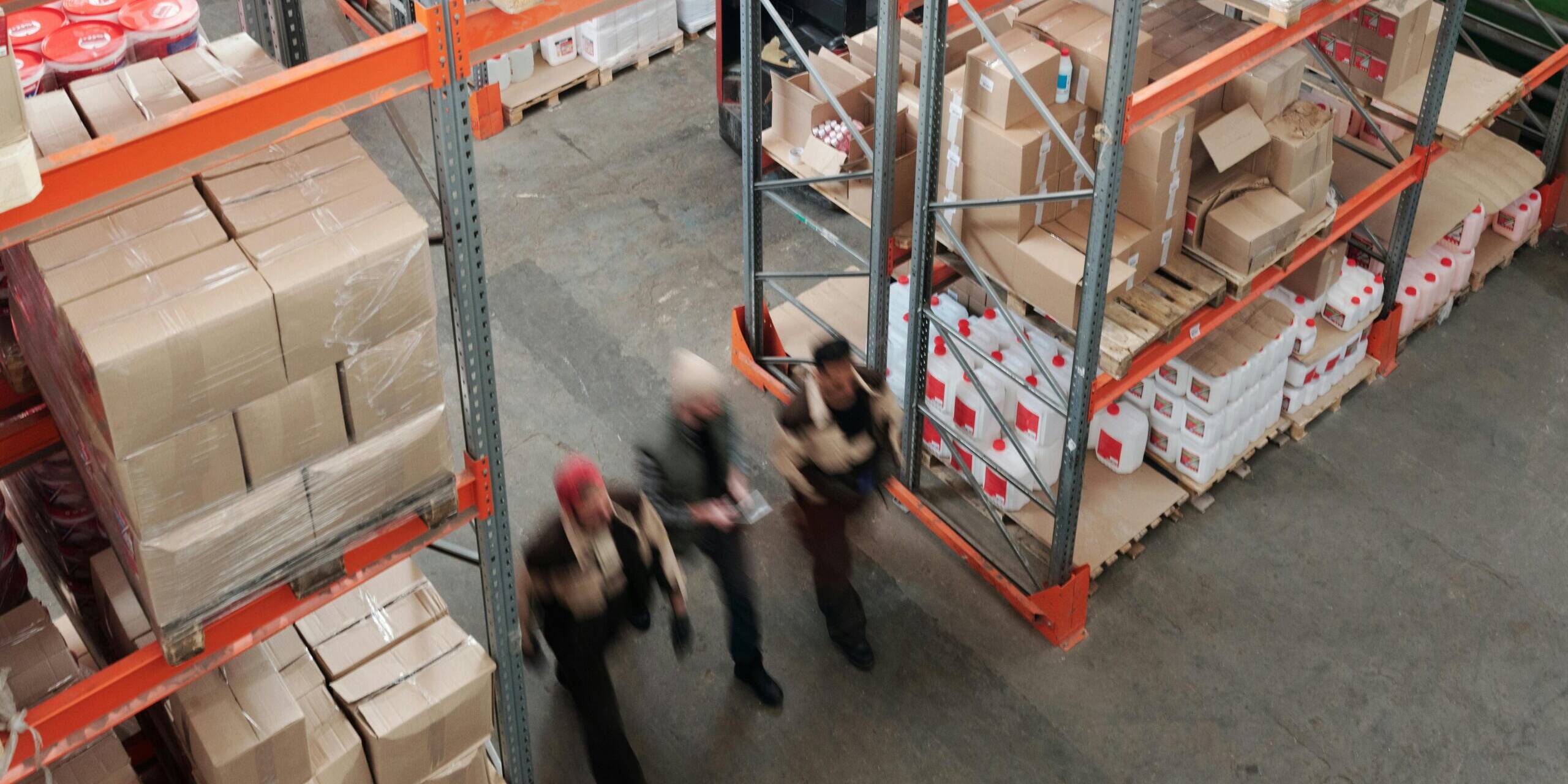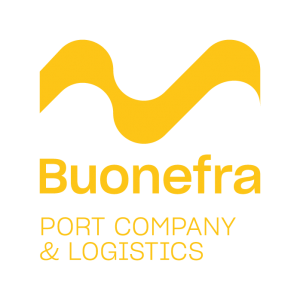Europe travels towards the green, Italian ports must follow the green wave
La green transition which has been talked about so much for several years now is inevitably an action that characterizes and will also characterize the Italian ports, along the lines of what is happening in several major European and world airports.
Let's go in order: the numbers of Italian ports have a really important economic weight; just under half a billion tons of goods handled a year generate 6,5 billion euros to which must be added the money produced by the entire sector connected to port logistics, therefore for example transport, shipbuilding and fishing, for over 27 billion EUR.
In a nutshell we can say that the maritime sector is equal to 2% of the Italian GDP; this just to convey the strategic importance of a leading sector, the one that represents us.
As such, the port sector has also come under the magnifying glass of theenvironmental sustainability: in terms of pollution, in fact, the situation is not exactly rosy. Let's go and see why ...
How to make Italian ports green?
In terms of drains, emissions, gas and heavy vehicle traffic, Italian ports are far from the green transition which characterizes, for example, several ports in northern Europe. This process, however, will take place, with patience, reducing the levels of emissions significantly over the years, and perhaps producing energy.
A first important move in this direction was made by theInternational Maritime Organization, which has imposed on merchant ships around the world to use fuels with no more than 0,5% sulfur, one seventh of what was previously allowed.
Since the end of 2020 it has been the EU that has impressed an impressive acceleration in development projects: in December 2020 the European Sustainable and Smart Mobility Strategy was presented with the aim of reducing 40% of emissions from the transport sector in 90 years. From 2030 the first zero-emission transport ships will come into operation while, by 2035, it will be the turn of the planes. In 2050, the goal is for ports and airports to become zero-emission nodes.
The example of Antwerp
The example to follow is dictated by Belgium: specifically from the port of Antwerp, the second largest port in Europe in terms of goods handled. In the last decade, the Belgian port authority has pursued the path of innovation by investing large sums of money on a plan focused on 17 objectives to create an environmentally sustainable port.
Investments led to 69 wind turbines to power the area, photovoltaic park and Eclusea steam heating network for industryr; since 2016 they have been installed on the docks approx 40 powerpoints on shore for ships at mooring for the environment, and the tugboat fleet has been radically modernized (with the reduction of 32,5% of CO2 emissions) and the first hydrogen unit in the world. Also, within the next year, one will go into operation plant that will be able to produce 8 thousand tons of methanol per year using the recovered CO2.
Also noteworthy is the international initiative called Getting to Zero, an alliance of over 110 maritime industry players for the design of environmentally friendly ships, and the World Doors Climate Action Program, the program of the ten major ports of Barcelona, Gothenburg, Hamburg, Le Havre, Long Beach, Los Angeles, New York, Rotterdam, Vancouver and Yokohama for the reduction of emissions.
The Italian framework: Trieste green leader
In Italy something is starting to move: last January, as part of the Recovery Fund, a integrated ports project of Italy, with 1,22 billion for environmental sustainability, a project that sees the priorityelectrification of the docks with the cold ironing system.
The example to follow is dictated by Trieste, the first Italian port for tons of goods handled currently, for some time a protagonist in the field ofintermodality becoming the first sea-rail junction with + 63,4% of trains handled: 10 thousand per year equivalent to 210 thousand fewer trucks on the road.
Just under 7 million were financed by the EU and invested in environmental projects such as cold ironing, electric vehicles and special columns, anti-pollution sensors and drones, led illumination and increase of renewable energy. The future predicts a floating wind farm and the production of hydrogen fuel from seawater.
Since 2020 Trieste is also the leader of an environmental project of continental caliber, the Support Sustainable Ports, a strategic plan that involves all the port authorities of the Adriatic with the aim of improve performance to positively affect the environment by implementing a massive plan for energy efficiency.
The road is therefore traced, the future of the Italian port system, which will also involve the Port of Ortona, is destined to change over the next few years in correspondence, moreover, with the gradual farewell to fuels which we will talk about in the coming weeks.
Keep following us to stay up to date.




